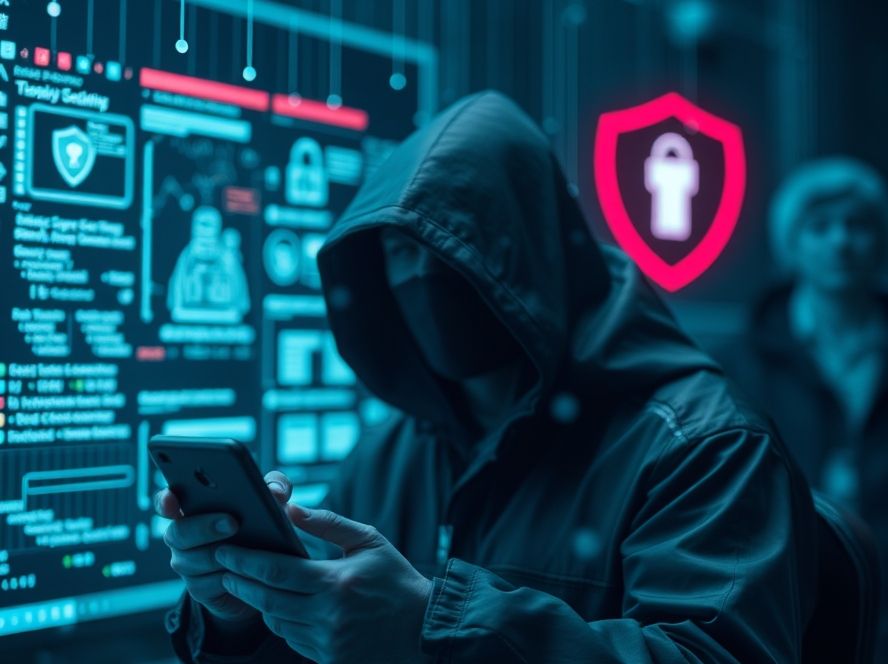Understanding Mobile Security
Mobile Security refers to the protection of mobile devices, such as smartphones and tablets, from threats that can compromise their data and functionality. As mobile devices have become integral to our personal and professional lives, the importance of securing these devices cannot be overstated. Mobile security encompasses various technologies, practices, and policies designed to safeguard mobile devices from malware, data breaches, unauthorized access, and other vulnerabilities.
The Importance of Mobile Security in Today’s Digital Landscape
With the increasing reliance on mobile devices for communication, banking, shopping, and accessing sensitive information, the threats associated with mobile security have also risen. According to recent studies, mobile malware attacks are on the rise, targeting both iOS and Android platforms. This section discusses why mobile security is crucial in today’s interconnected world.
- Increased Use of Mobile Devices: More than 3 billion people worldwide use smartphones, making them prime targets for cybercriminals.
- Data Privacy Concerns: Mobile devices often store sensitive personal and financial information, making them attractive targets for identity theft.
- Corporate Vulnerabilities: Employees accessing corporate networks via mobile devices can introduce security risks if their devices are not properly secured.
Key Threats to Mobile Security
Understanding the various threats to mobile security is essential for professionals and beginners alike. This section will delve into some of the most common threats that users face and explain how they can mitigate these risks.
- Malware: Malicious software designed to harm or exploit any programmable device, including mobile phones. Examples include Trojans, ransomware, and spyware.
- Phishing Attacks: Cybercriminals impersonate legitimate entities to trick users into providing personal information.
- Unsecured Wi-Fi Networks: Public Wi-Fi networks can expose users to data interception and unauthorized access.
- Device Theft: Physical theft of devices can lead to unauthorized access to personal and corporate information.
Best Practices for Enhancing Mobile Security
Securing mobile devices requires a combination of user awareness, technological solutions, and organizational policies. Here are some best practices to enhance mobile security:
- Use Strong Passwords: Encourage the use of complex passwords and biometric authentication methods.
- Regularly Update Software: Keep operating systems and applications up-to-date to patch vulnerabilities.
- Install Security Apps: Utilize mobile security applications that offer real-time protection against malware and phishing.
- Avoid Public Wi-Fi for Sensitive Transactions: Use a virtual private network (VPN) when accessing public Wi-Fi.
Applications of Mobile Security in Everyday Life
Mobile security is not just a concern for IT professionals; it is relevant for everyone. This section will explore practical applications of mobile security in daily life, enabling users to safeguard their devices effectively.
- Personal Banking: Always use official banking apps and enable two-factor authentication for added security.
- Online Shopping: Ensure that shopping sites are secure (look for HTTPS) and avoid storing payment information on devices.
- Social Media Safety: Be cautious about sharing personal information and use privacy settings to protect your data.
Related Concepts in Mobile Security
Mobile security is interrelated with various other cybersecurity concepts. Understanding these relationships can enhance your overall comprehension of the field.
- Network Security: Protecting the integrity and usability of networks and data.
- Cloud Security: Safeguarding data stored in cloud services, which often sync with mobile devices.
- Endpoint Security: Protecting endpoints or end-user devices like mobile phones from exploitation.
Conclusion: Taking Action on Mobile Security
The necessity of mobile security is undeniable in our increasingly digital world. By understanding the threats and employing effective countermeasures, both individuals and organizations can significantly reduce their risk of cyberattacks. Remember, security is not a one-time effort but a continual process that requires vigilance and adaptation to evolving threats.
As you navigate your daily digital activities, reflect on the mobile security practices discussed here. Ask yourself how you can apply these principles to your own device usage and encourage those around you to prioritize mobile security. Together, we can create a safer digital environment.









